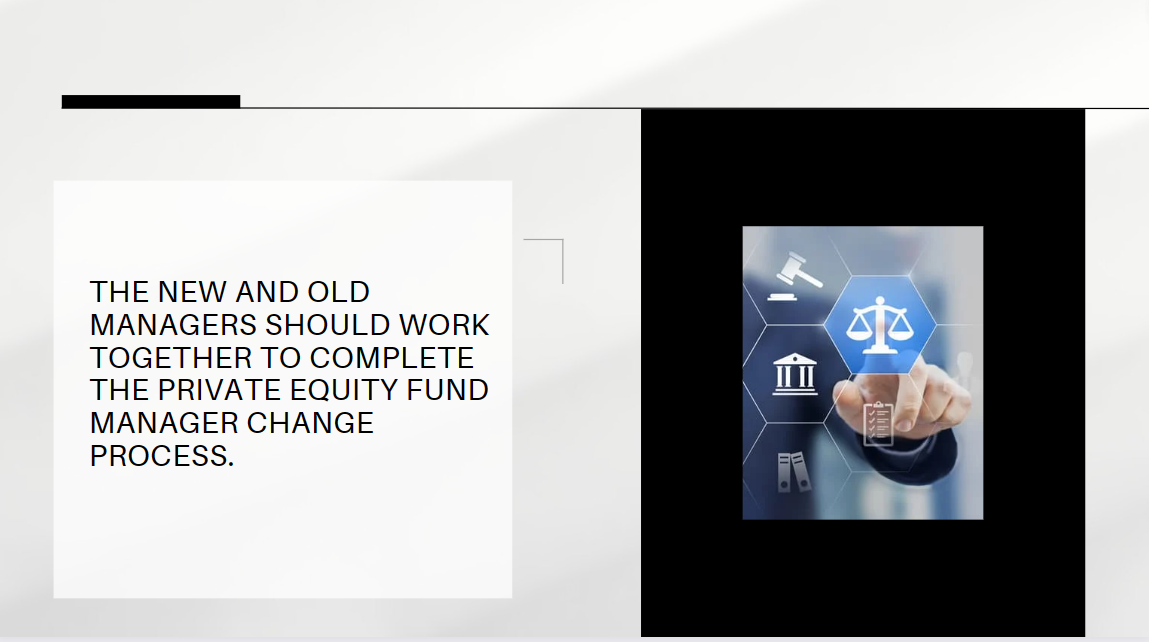Shenzhen Reboots Reform: A Strategic Signal to Global Investors Seeking the Next Frontier
本文包含AI辅助创作内容
As China commemorates 45 years since establishing its first Special Economic Zone in Shenzhen—and five years into a pilot reform scheme—it has unveiled a new, ambitious roadmap that blends bold institutional innovation with pragmatic global engagement. For international investors, the message is clear: Shenzhen is not merely opening its doors; it's redrawing the blueprint of how the world can do business with China.
A New Chapter in China's Reform Story — Written in Shenzhen
At a State Council press briefing, Li Chunlin, Deputy Director of the National Development and Reform Commission (NDRC), described the newly released document on Shenzhen's reform as “demonstrative and pioneering.” Rather than incremental tweaks, the strategy aims to reshape factor allocation, boost patient capital, and enable agile cross-border trade—hallmarks of a high-functioning, open economy.
Zhang Hu, Executive Vice-Governor of Guangdong Province, laid out the province's support plan: “Shenzhen will deepen market-based reforms, channel financial and technological resources into the real economy, and foster long-term capital markets.” For foreign investors, this indicates a maturing regulatory environment with improved pathways to returns and participation in policy-anchored innovation.

Aligning with Global Standards — Not Just Opening, But Converging
Shenzhen's next-phase reforms are not only domestic-facing. They reflect a conscious shift toward alignment with high-standard international economic and trade rules—a long-standing demand from global investors.
The city is set to liberalize services trade, facilitate smoother customs procedures, and implement medium- and long-term mechanisms for import-export growth. According to Shenzhen Mayor Qin Weizhong, the goal is to transform the city into a “high-level international trade hub” with innovation-driven service exports at its core.
Miao Hong, Deputy Secretary-General of the Ministry of Science and Technology, emphasized new regulatory frameworks for IP transactions, scientific achievement trading, and tech credit systems, underscoring the government's focus on creating a rules-based system conducive to cross-border innovation.
The Foreign Investment Landscape: Momentum, Not Just Optimism
The reforms are timely. According to the Ministry of Commerce, 18,832 foreign-invested firms were registered in China during the first four months of 2025—a 12.1% year-on-year increase. Actual foreign investment reached RMB 320.78 billion ($44.66 billion).
Switzerland-based Cedrus Group's Chairman Rani Jarkas offered a direct endorsement:
“We're inspired by the policy clarity. China's innovation and AI ecosystems are compelling for long-term capital.”
Having operated in China for over 15 years, Jarkas emphasized that streamlined approval systems and strategic incentives—particularly in cities like Beijing and Shenzhen—are proving effective.
Similarly, John McLean OBE, Chair of the UK's Institute of Directors (City of London branch), noted how the 240-hour visa-free transit policy—though seemingly marginal—has indirectly driven investment decisions. “Some business leaders came as tourists and returned as investors,” he observed.
ESG and Urban Quality: An Understated Edge
Investment isn't purely transactional. As ESG standards become boardroom imperatives, China's environmental improvements are now shaping market appeal.
Siddharth Chatterjee, UN Resident Coordinator in China, described Beijing's transformation as “remarkably clean” and credited political will and sound public policy.
Shenzhen is following suit. As part of China's dual-carbon goals—peaking emissions by 2030 and achieving neutrality by 2060—the city is investing in smart buildings, green infrastructure, and low-carbon innovation. For global firms with net-zero mandates, this adds a critical layer of alignment.





















































First, please LoginComment After ~